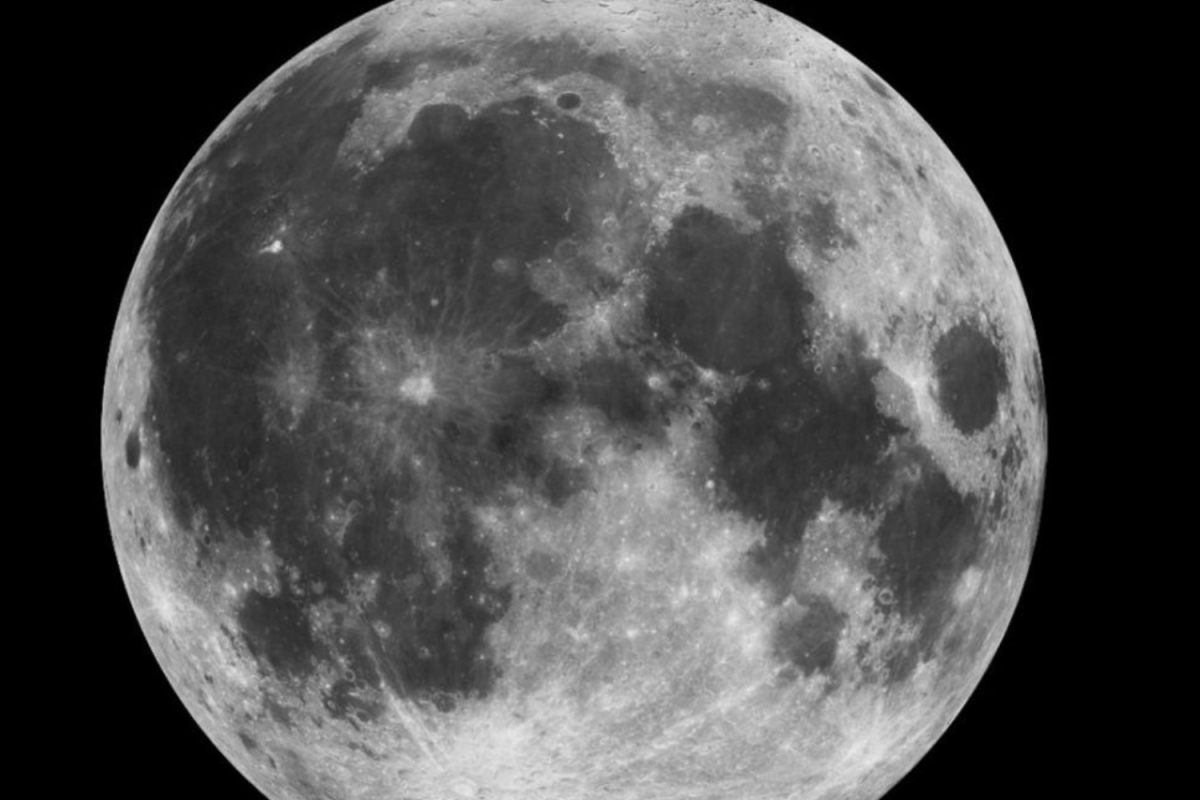A spacecraft built and flown by Texas-based company Intuitive Machines landed near the moon’s south pole on Thursday, the first U.S. spacecraft on the moon in more than half a century. This landing was a significant achievement for NASA, and their goal is to send astronauts to the moon later this decade. However, initial communication problems following Thursday’s landing raised questions about whether the vehicle may have been left impaired or obstructed somehow.
The unscrewed six-legged robot landed at about 6:23 p.m. last Thursday. After the landing, a problem surfaced with the spacecraft’s navigation system that required engineers on the ground to do untested work around the 11th hour. After an anticipated radio blackout, it also took some time to re-establish communications with the spacecraft from Earth.
When contact was re-connected, the signal was faint, confirming that the spacecraft had landed but leaving mission control uncertain as to the vehicle’s precise condition. The company posted a message on the X-saying flight controllers on the social media platform: “have confirmed Odysseus is upright and starting to send data.”
As planned, the spacecraft rested at a crater named Malapert A near the moon’s south pole. Thursday’s landing represented a U.S. spacecraft’s first controlled descent to the lunar surface since Apollo 17 in 1972 when NASA’s last crewed moon mission landed there with astronauts Gene Cernan and Harrison Schmit. To date, spacecraft from just four other countries have landed on the moon: the former Soviet Union, China, India, and, most recently, just last month, Japan. The United States is the only one ever to have sent humans to the lunar surface.
Its arrival was the first “soft landing” on the moon ever by a commercially manufactured and operated vehicle and the first under NASA’s Artemis lunar program, as the U.S. races to return astronauts to Earth’s natural satellite before China lands its spacecraft there.
Click here for more information on this moon landing:
https://www.rmg.co.uk/stories/topics/nasa-moon-mission-artemis-program-launch-date


